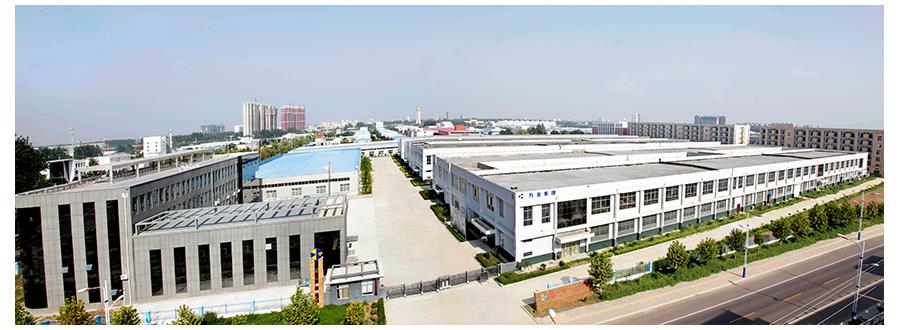Brief Introduction
1. Brief introduction of polycrystalline diamond wire drawing die:
There are two kinds of diamond wire drawing die, one is natural diamond die. The other is synthetic polycrystalline diamond die. Natural diamond has the characteristics of high hardness and good wear resistance. The surface drawing wire is with very high finish. Due to the anisotropy of natural diamond structure, its hardness is also anisotropic, which makes the wear of the die hole uneven. The product is not round, plus expensive, rare, generally used as a surface quality high demand for fine wire drawing die or finished drawing die. Synthetic polycrystalline diamond is an unoriented polycrystal, which has the advantages of high hardness, good wear resistance and strong impact resistance. There is no anisotropy in hardness, uniform wear, long service life of die, suitable for high speed drawing. Due to the quality problems such as large grain size and poor polishing performance in domestic polycrystalline die billet, most domestic manufacturers use polycrystalline die as transition mould at present. But with the improvement of the internal quality and processing level of the polycrystalline mold there is a tendency to replace the expensive natural diamond as the finished die.
Diamond wire drawing die is an important tool in the production of stainless steel wire and cable, especially widely used in fine wire and microfilament. However, because of its high price and high production cost, how to effectively improve the service life of diamond wire drawing die is an important subject in wire rod production industry.
2. Classification of wire drawing dies: steel dies, natural diamond wire drawing dies, tungsten carbide wire drawing dies, synthetic diamond polycrystalline wire drawing dies
3. The high quality synthetic diamond single crystal, with a small amount of silicon, titanium and other binders, has the same high hardness and good wear resistance under the conditions of high temperature and high pressure.Compared with other materials, it has its own unique advantages。
In the table, the great change in the hardness of natural diamond is due to the anisotropy of its structure.Some surfaces of its structure are much more wearable than other surfaces. In this way, when the whole hole is working, diamond will wear preferentially at a certain position in the drawing process. The polycrystalline diamond belongs to multi crystal which has the characteristics of isotropic. Thus it helps avoid the phenomenon that die hole is uneven wear, resulting in unround die hole. Compared with the tungsten carbide, the tensile strength of the polycrystalline is almost 70% of that of the commonly used tungsten carbide, but it is 250 times harder than the tungsten carbide, which makes the polycrystalline have more advantages than the tungsten carbide. The wire drawing die made of polycrystalline diamond has good wear resistance, uniform wear of hole wall, high impact resistance, high wire drawing efficiency and reasonable price. Therefore, the polycrystalline mould is widely used in the current wire drawing industry. Polycrystalline diamond wire drawing die can draw aluminum, copper, nickel, chromium, iron, stainless steel, aluminum magnesium alloy, nickel, tungsten, molybdenum, galvanized high carbon steel, low carbon steel and other materials.
Of course, the life of the drawing die is also related to the shape and size of the die hole, the quality of the polishing, the quality of the lubricant, the cooling effect, the pulling speed and the existence of the reaction force. However, under certain conditions, the material plays a key role.
Product Size
|
Function |
PCD |
ND |
TC |
|
tensile modulus E (G Pa ) |
840 |
1200 |
630 |
|
modulus of rigidity 13(G Pa) |
345 |
400 |
250 |
|
Simon Denis Poisson |
0.32 |
0.20 |
0.21 |
|
tensile strengthGPa |
1.29 |
2.60 |
1.8 |
|
compressive strength GPa |
7.61 |
8.68 |
4.5 |
|
Bendingstrength GPa |
3.1 |
1 |
1.9 |
|
Knoop Hardness MN/㎡ |
5000 |
30~8000 |
2000 |
Related Products












